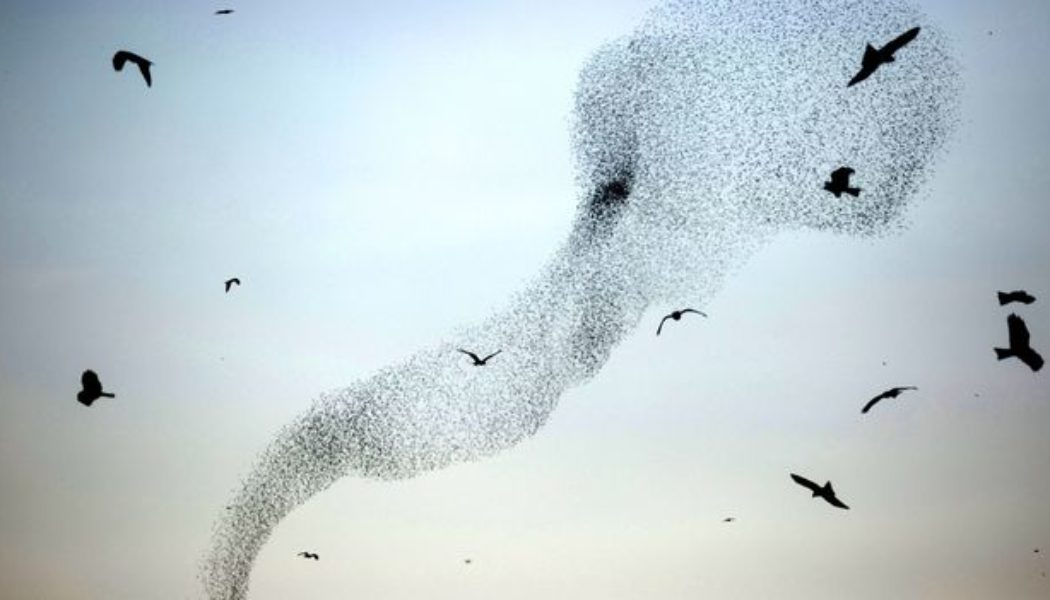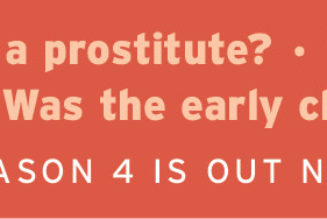
“It’s pretty amazing that this small green area can support a bird for 40 days,” says Morales, marvelling at how contented the thrushes seemed. The birds might move to this urban green space precisely because it is rich in resources such as berries and water.
Any bird landing in a city park could find such rewards, if they are present, but what draws birds to a bustling metropolis in the first place? It could largely be to do with light, says Morales’ co-author Barbara Frei at Environment and Climate Change Canada, a department of the Canadian government.
No one knows exactly why birds are attracted to artificial light at night but there is ample evidence for this effect. One possibility, Frei says, is that birds – which use starlight and other phenomena to navigate – are naturally enticed by points of light.
More than 100 years ago, the Irish anatomist and ornithologist Charles Patten was stationed at a lighthouse off the coast of Ireland where he observed this phenomenon first-hand. According to his reports, mind-boggling swarms of migrating birds would fly towards the lighthouse and, unfortunately for them, crash into its windows. Many of these birds died, which allowed Patten to collect and study them. But back then, sources of very bright, artificial light were uncommon whereas today, electric light is visible practically everywhere at night.
Many millions, possibly even billions, of migrating birds die as a result of this every year. The tallest, brightest buildings situated along known migratory flight paths are likely the most deadly. Research suggests the huge McCormick Place convention centre in Chicago, for instance, caused up to 11,567 bird deaths between 2000 and 2020.
“A lot of the light isn’t really necessary,” says Frank La Sorte, at Cornell University, when referring to urban lighting in general. “It’s excessive.”
Switching more lights off at night when birds are migrating could save thousands of avian lives, he says. A study published last year estimated that by turning out half of the lights in McCormack Place in the spring and autumn, bird mortality could be reduced by nearly 60%.
The pull that urban light has on migrating birds is unlikely to be exclusive to large cities. Simon Gillings at the British Trust for Ornithology lives in Cambridge in the UK, a city with a population of just 130,000. The tallest building, Cambridge University’s library tower, stands at less than 50m (164ft). “It’s hardly Manhattan,” he admits.
Join Our Telegram Group : Salvation & Prosperity









